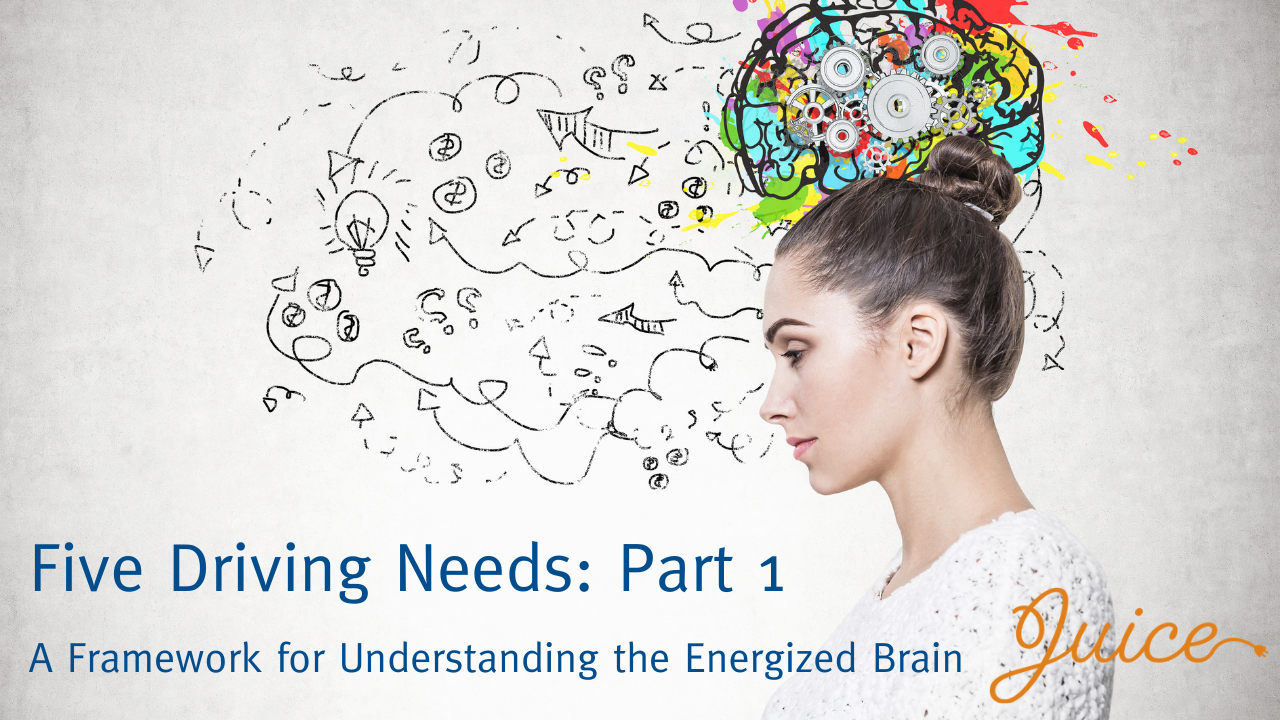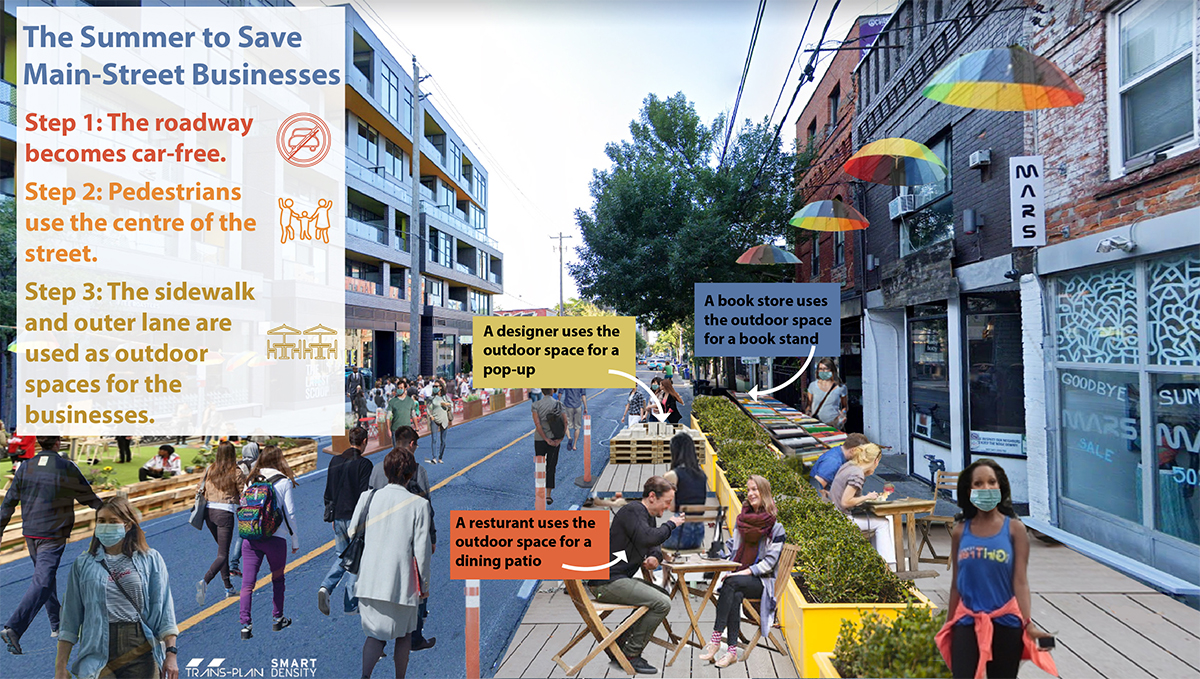A friend of mine recently asked me to explain austerity measures to him
So I said it’s like this…you know how you told your wife you needed a new set of clubs because that’s what was missing from your golf game
And she said fine, but then you should also let me know which of your three daily meals you’re going to give up
Because we can’t afford to have you running around on a golf course pretending to know what you’re doing AND eat like a king at home
Well, that’s austerity. Now the term’s typically used in reference to governments that are finding it hard to borrow money or pay back loans
So they introduce austerity measures like increased taxes and spending cuts which then impacts a households disposable income…breakfast or golf?
But austerity doesn’t just impact the public sector or limits itself to the Federal government
Like when corporations find they have to pay more taxes, they try to counter-balance that with either more revenue or less spending
But it’s always easier (and faster) to cut costs then it is to increase sales
And this is where our jobs as procurement and supply chain professionals becomes so critical
Never has it been more important to make that shift from tactical purchasing to real strategic sourcing and vendor management
Before the pandemic, that shift would have occurred in one of two ways
Either the organization would mandate a greater focus on strategic, cost savings activities while maintaining business as usual on the tactical purchasing side
Or they’d bring in outside help for the strategic stuff while their existing team focused on tactical purchasing
But we’re in a post-pandemic world and most organizations I’ve spoken with don’t have the appetite to spend money in order to save money
They need cost savings now, not 6 months from now or a year from now…so they need the people who are already there to find a way to do more with less
And that could be a tough ask for procurement departments that were already understaffed and struggling to just keep up with the day to day stuff
Unfortunately, I don’t have a magic bullet to fix that problem. But I do have a suggestion, based on my experience and what’s worked for me over the years
I suggest taking a look at your procurement process to see where you can create some efficiencies
Because those efficiencies will give your team the extra time they need to focus more on cost savings activities
And you don’t need some big shot consultant, or even a little shot like myself, to review your process for you or point out the inefficiencies
You can do it yourself, and you could probably do it in one day. The harder part will be in convincing your people to give up some of the administrative tasks they spend time on every day
The reality is that, as much as procurement people complain about not having enough time to get everything done, they love their SharePoint folders and Excel spreadsheets
It’s mindless busywork but it gives the appearance of a really complicated, IQ-intensive task
Have you ever walked by someone in procurement who’s staring intensely at a massive spreadsheet and thought “man, I don’t wanna be that guy”
When I see that I think “man, there goes a couple of thousand dollars in salary down the drain”
If you’re a procurement person managing your work on a spreadsheet…you’re doing it wrong
And you’re wasting time that could be used to focus on more strategic, cost saving activities
If you don’t believe me, check out some of the testimonials on our website …or feel free to reach out to me directly for a chat
Mohammed
mfaridy@oneviewnow.com











.jpg)




